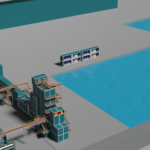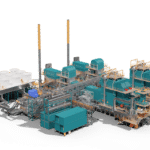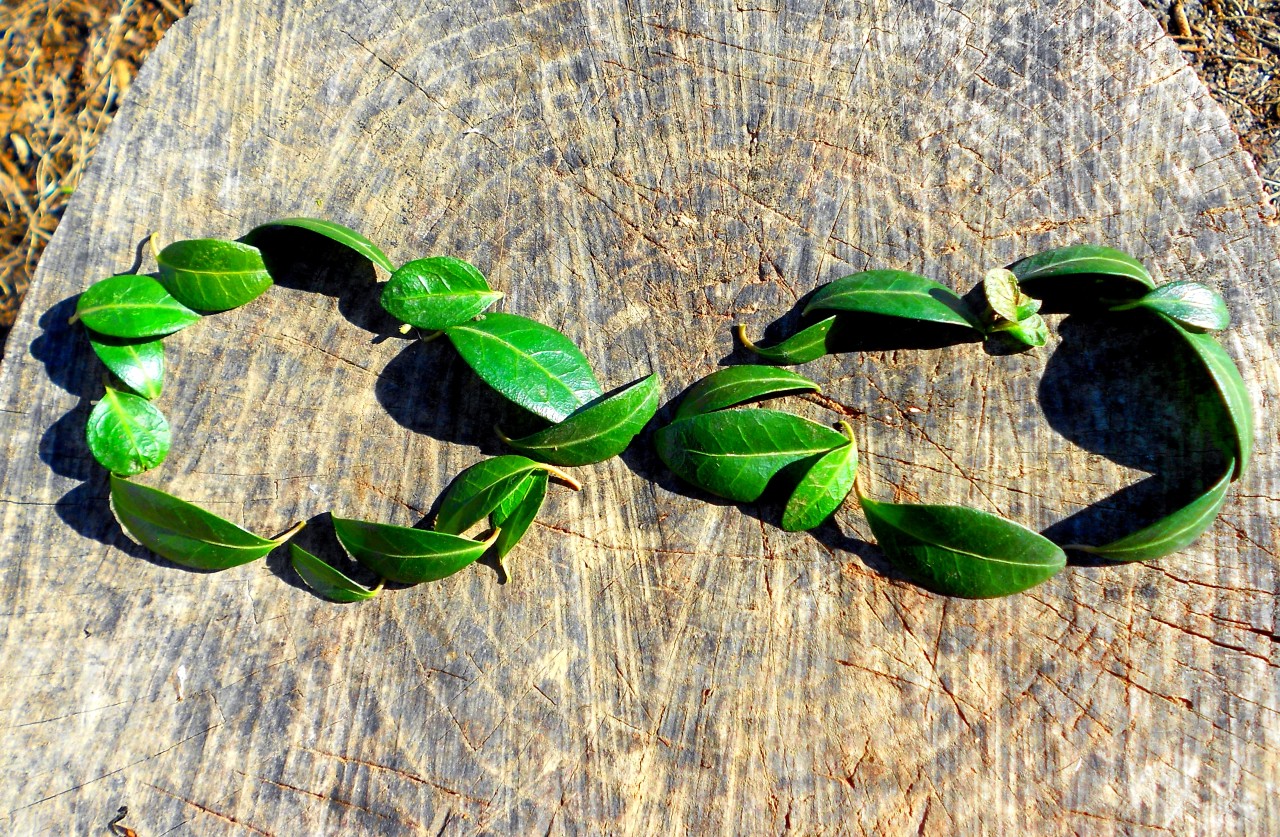Voluntary Carbon Offsetting – a Winning Proposition or a Cash Cow?
Voluntary carbon offsetting is becoming a popular way for individuals and businesses to take responsibility for their emissions and contribute to a greener future. By paying for carbon offsets, individuals and businesses can reduce the amount of carbon dioxide released into the atmosphere and help to fight climate change. Offsetting one’s carbon emissions can be a simple and cost-effective way to make a real impact, as the money spent on offsets goes directly to projects that reduce, avoid, or sequester emissions.
Voluntary carbon offsetting is a way for individuals and organizations to take action against climate change by reducing the amount of carbon dioxide (CO2) and other greenhouse gases that are released into the atmosphere. Carbon offsetting enables us to reduce our emissions by compensating for them through the purchase of carbon credits. By offsetting our emissions, we can help to mitigate the effects of climate change and contribute to a more sustainable future.
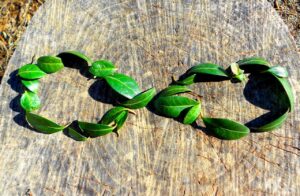
The concept of carbon offsetting is based on the principle that the atmosphere is a global commons, meaning that the effects of greenhouse gases are not confined to any one region or country. As such, it is possible to reduce our own emissions by purchasing carbon credits from other areas. In this way, we are essentially transferring our emissions to other parts of the world, allowing us to reduce our own emissions while still benefiting from the global reduction of emissions.
When it comes to voluntary carbon offsetting, there are several options available. The most popular option is to purchase carbon credits from a carbon offset provider. These providers work with a variety of projects around the world that are designed to reduce emissions in a cost-effective manner. For example, some carbon offset providers work with renewable energy projects such as wind or solar farms. These projects can provide clean energy to the grid, which in turn reduces the amount of fossil fuels burned and the amount of carbon dioxide released into the atmosphere. Other carbon offset providers may work with projects that focus on reducing deforestation, which reduces the amount of carbon dioxide released when trees are cut down.
Another option for voluntary carbon offsetting is to purchase carbon credits from a carbon offset trading platform. Through these platforms, individuals and organizations can purchase carbon credits from other entities that are looking to reduce their emissions. This type of voluntary carbon offsetting allows for the transfer of emissions from one entity to another, resulting in a net reduction of emissions. Finally, carbon offsetting can also be done through the purchase of carbon offsets from the carbon market. In this market, individuals and organizations can purchase carbon credits from a variety of projects that are designed to reduce emissions. These projects can include renewable energy projects, energy efficiency initiatives, and other projects that reduce emissions in a cost-effective manner.
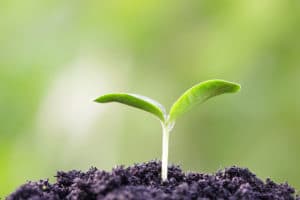 While carbon offsetting can be a great way to reduce your environmental impact, there are a few challenges that can arise when attempting to do so. The first challenge is finding a reputable offset provider. Many offset providers are not certified or regulated, so it can be difficult to determine which ones are reliable. Additionally, some providers may not offer projects that are actually reducing carbon emissions, so it’s important to do your research and make sure that the provider you choose is legitimate. Another challenge is ensuring that the carbon offsets you purchase are actually making a difference. It’s important to understand how the projects you fund are reducing or eliminating emissions, as well as what the long-term impacts of those efforts might be. A credible provider should be able to provide detailed information about their projects and their effectiveness. Finally, voluntary carbon offsetting can be expensive. While the cost of carbon credits varies depending on the type of project, it can add up quickly. Before committing to a provider, make sure you understand the cost of their projects and whether they are worth the expense.
While carbon offsetting can be a great way to reduce your environmental impact, there are a few challenges that can arise when attempting to do so. The first challenge is finding a reputable offset provider. Many offset providers are not certified or regulated, so it can be difficult to determine which ones are reliable. Additionally, some providers may not offer projects that are actually reducing carbon emissions, so it’s important to do your research and make sure that the provider you choose is legitimate. Another challenge is ensuring that the carbon offsets you purchase are actually making a difference. It’s important to understand how the projects you fund are reducing or eliminating emissions, as well as what the long-term impacts of those efforts might be. A credible provider should be able to provide detailed information about their projects and their effectiveness. Finally, voluntary carbon offsetting can be expensive. While the cost of carbon credits varies depending on the type of project, it can add up quickly. Before committing to a provider, make sure you understand the cost of their projects and whether they are worth the expense.
Voluntary carbon offsetting is an important way for individuals and organizations to take action against climate change. By purchasing carbon credits, we can reduce our own emissions while also helping to reduce emissions globally. In addition, carbon offsetting can help to reduce the cost of reducing emissions, as the purchase of carbon credits can be significantly more cost-effective than reducing emissions through other means. Therefore, voluntary carbon offsetting can be an effective way to reduce emissions while still benefiting from the global reduction of emissions. However, it is important to do your research and take the challenges into account before making a purchase. By selecting a reputable provider and understanding the cost and impact of the projects you are funding, you can ensure that your offsetting efforts are making a meaningful difference.
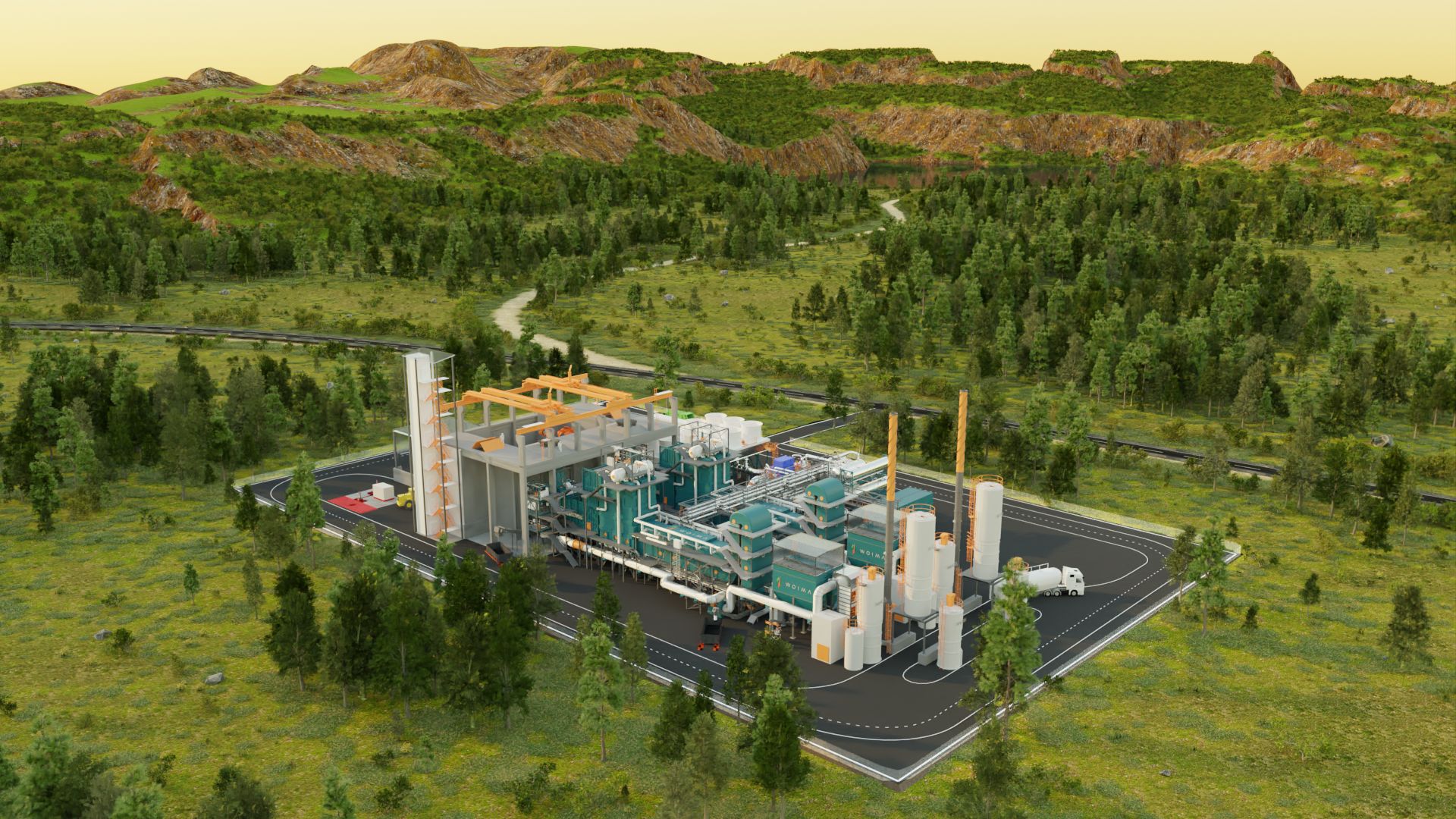
Our offering to net zero power generation, the wasteWOIMA® CCUS consists of a wasteWOIMA® WtE plant, a robust solution for combusting different waste streams to energy, and a scalable ccWOIMA® carbon capture plant capturing 20,000 to 200,000 tpa. of CO2 out of the plant’s flue gas stream. A single boiler island (WOIMAline) wasteWOIMA® plant uses roughly 40,000 to 50,000 tons of waste fuel per annum. Several WOIMAlines can be integrated to create a larger power plant.
Read more about voluntary carbon offsetting.
Read more about our net zero waste-to-energy solutions here:
Read more about us at www.woimacorporation.com
WOIMA Corporation is a Finnish supplier of best-in-class waste-to-value products, projects and services worldwide. We have developed solutions that enable us, and the customer, to transform and recycle virtually any waste stream into raw materials and energy. At WOIMA we combine Finnish engineering know-how in waste management with power generation design expertise. These solutions are used in Finland every day. They support the circular economy ideology and ensure that less than 1% of Finland’s waste ends up in landfills.
Our mission is to improve quality of life both locally and globally, as well as empower people to utilize waste as a commodity. Our decades of international project management experience ensure an on-time, in-budget and high-quality WOIMA solution delivery across the globe.

